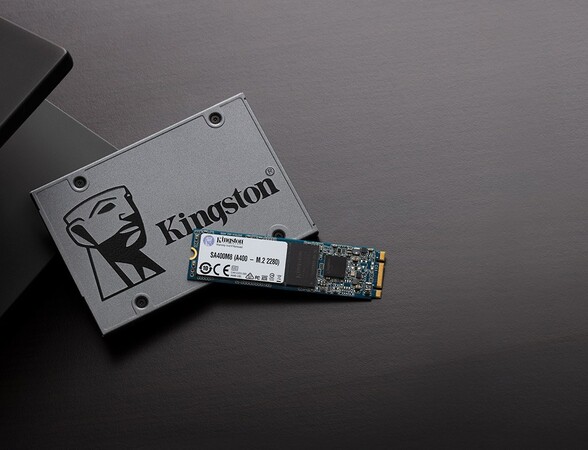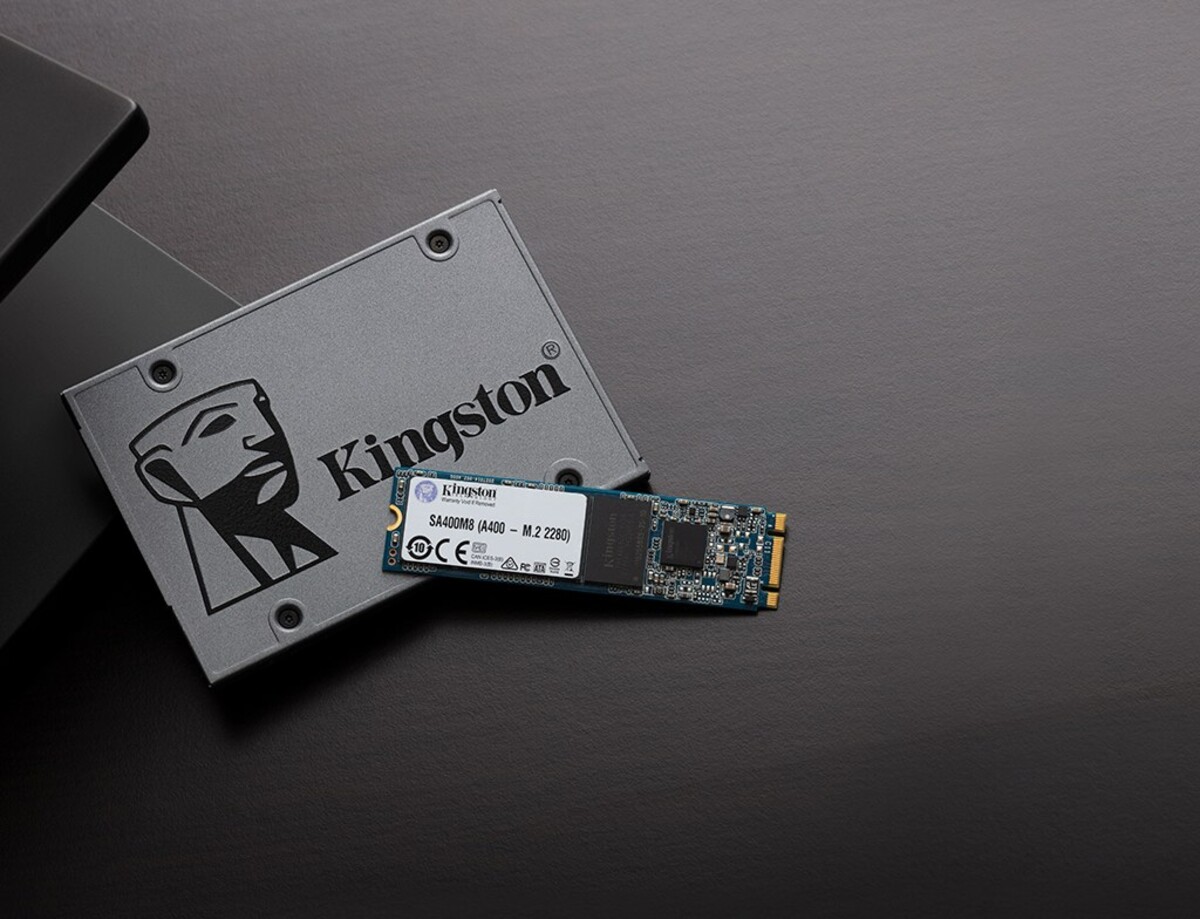The big disadvantage of SSDs
+ Add to Google News
- Tutorial
- ro
- en
- FlorinM
- 5 years ago
- 2020-09-15 08:00:00
- comments
- : 3 minute 5 secunde
- image: kingston
The SSD (Solid State Drive) is a relatively recent data storage medium, similar in this respect to the hard disk drive (HDD) that we assume everyone knows. Without a device that performs this function, a computer cannot function. But the data storage mode differs between the SSD and the old HDD. In the case of the HDD, the information is magnetically inscribed on one or more rotating disks, with the help of scratching / reading heads that are very close to these disks, without touching them. The SSD, on the other hand, uses NAND flash memory, similar to USB sticks or memory cards.
Lately, SSDs are gradually starting to take the place of hard drives in computers, be they desktops or laptops. At the time of its appearance on the market, the price of such a device was somewhat discouraging for the average user, but with the passage of time and the evolution of technology, prices have gradually fallen and SSDs are beginning to become an option for more and more people. he buys a new computer.
Anyone who buys a computer or just a storage device must take into account a very important thing. The SSD is not, we could say, by far a solution for long-term data storage. It does offer significant benefits. In the first place is the speed, clearly superior to the HDD, which makes the operating system and programs work much faster. Then, its compact structure makes it more resistant to shocks. The mechanical components, ie the moving parts of the HDD (platters, read / write heads and the components that move them) limit its speed and, with all the protection systems it has, it is sensitive to mechanical shocks (blows, falls, etc.). .) which causes damage to the surface of the platters if they come into direct contact with the writing / reading heads.
If HDDs have a limited lifespan due to the principle of operation, let's not imagine that in the case of SSDs the situation is different. The NAND flash memory that the latter use has a limited number of writes. That is, at some point we will be able to do nothing but access the data on the SSD without being able to change it. This can happen in a somewhat happy case when the SSD ages and the data is still on it. In less fortunate cases, when the SSD no longer receives power and is stored at an inappropriate temperature, the data retention period decreases greatly. You also run the risk of losing data on a "low-end" SSD without protection systems if a power outage occurs. If, for example, you do not use that computer for a certain period of time, the longer it lasts, the greater the chances of losing data on the SSD. A recent study shows that for every 5 degree Celsius increase in storage temperature (say 25 to 30) it halves the data retention period on some SSDs. This is not a strict rule, because "high-end" models do not seem to be so affected by this phenomenon, but the acquisition costs are commensurate, not to mention the reduced capacity, for now, compared to HDD- s.
The big disadvantage of SSDs, in contradiction with their superior performance, is the low storage time of unaltered data, influenced by temperature. For example, a "Consumer class" device of this kind has a data retention period of up to two years, a period that decreases with price.
In conclusion, we specify that our intention is not to discourage you from choosing an SSD instead of the HDD, but, going back to the idea from the beginning, the SSD is the best choice to install on it the operating system and frequently used programs, but not indicated for long-term data storage. It is best to back up your important data to a safer environment, such as a classic HDD. In addition, before buying an SSD, it should be seen that other computer components, such as the motherboard, do not have a lower data transfer rate than the SSD, in which case the performance of the latter is unnecessary, and the computer will run just as slowly.
- powered by Verysign














